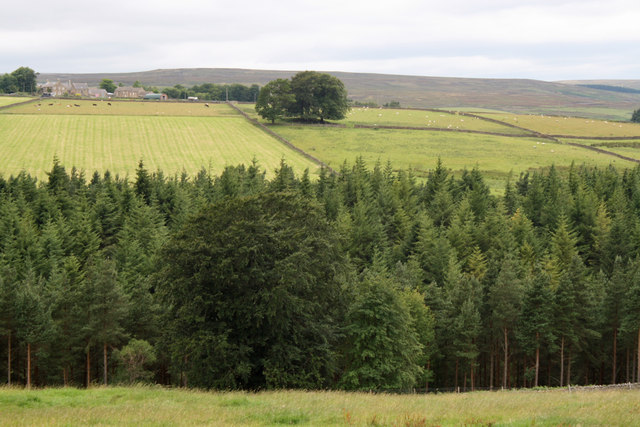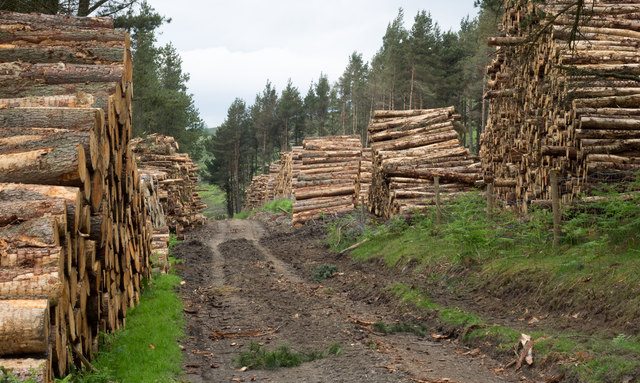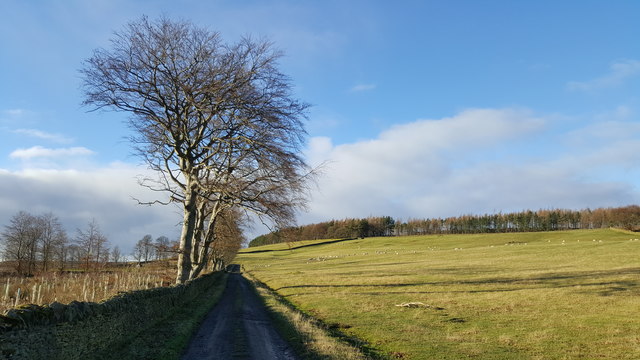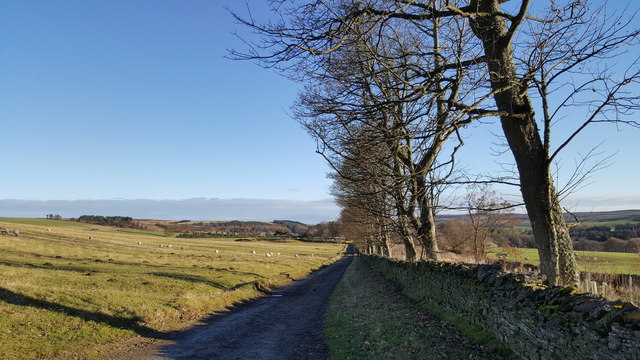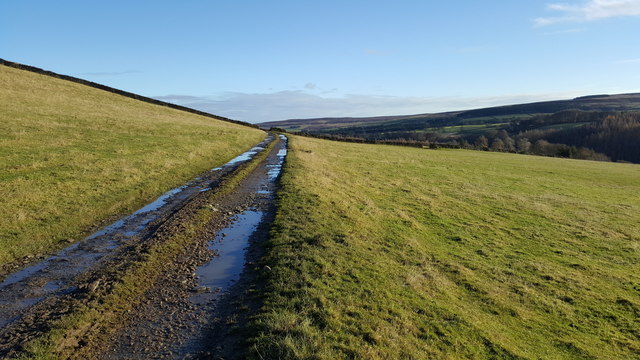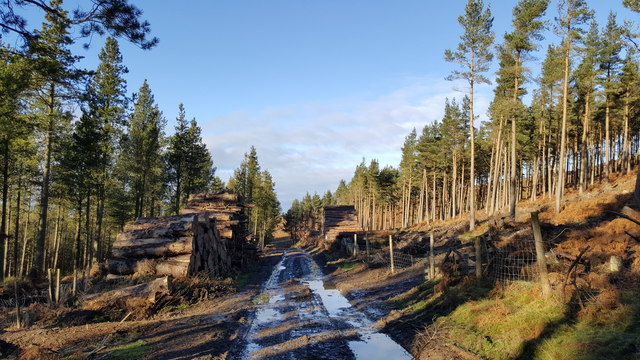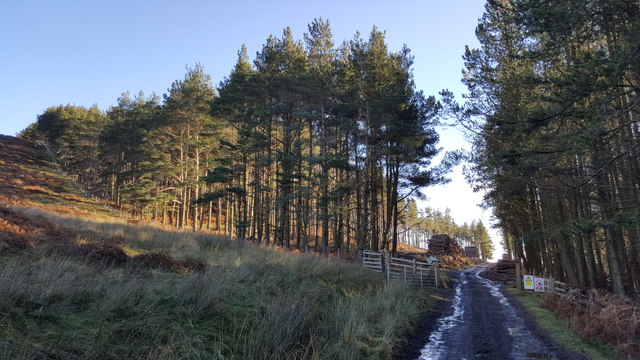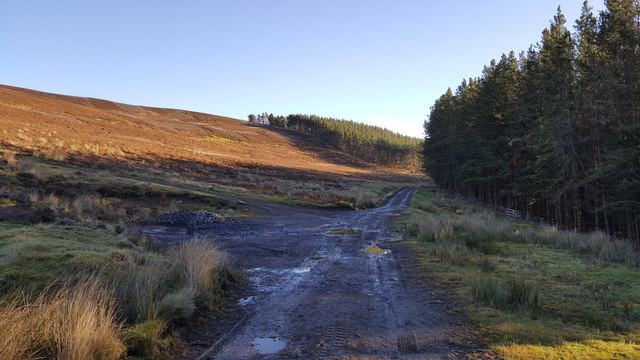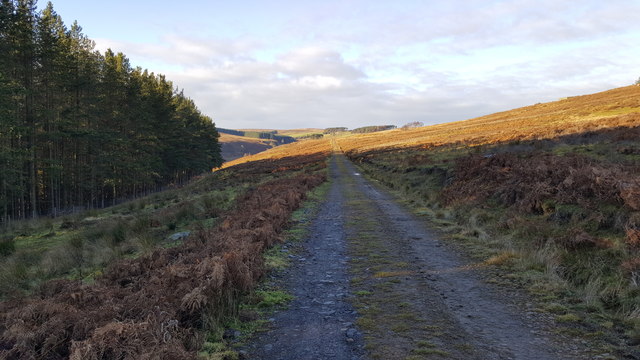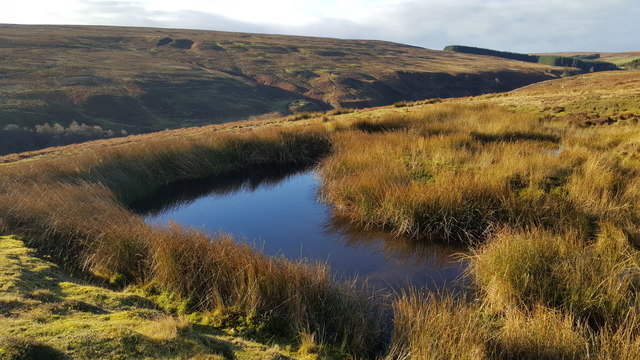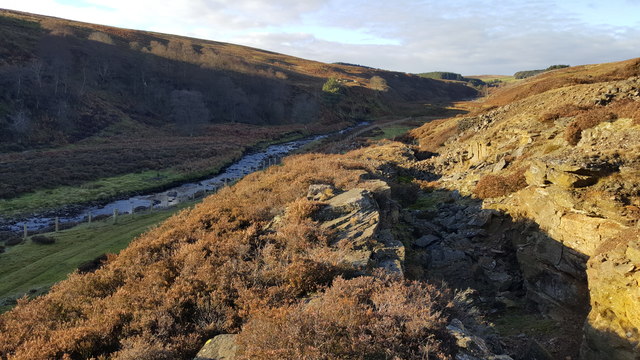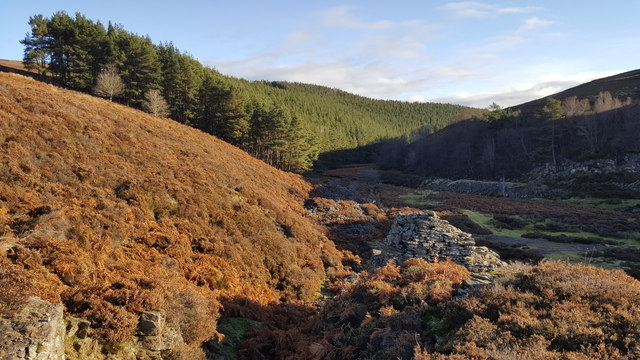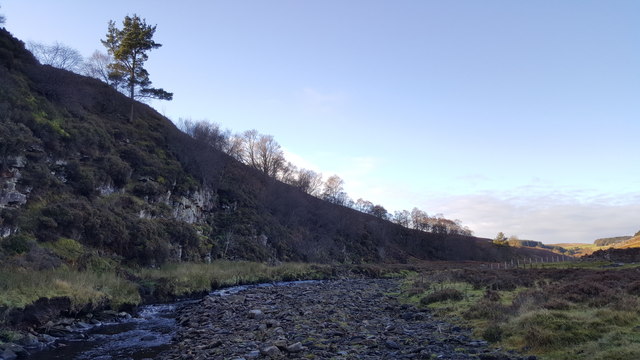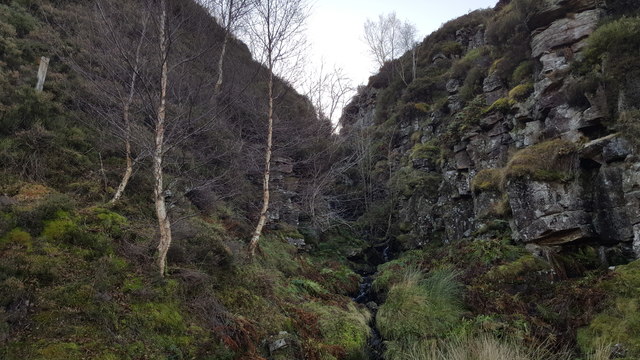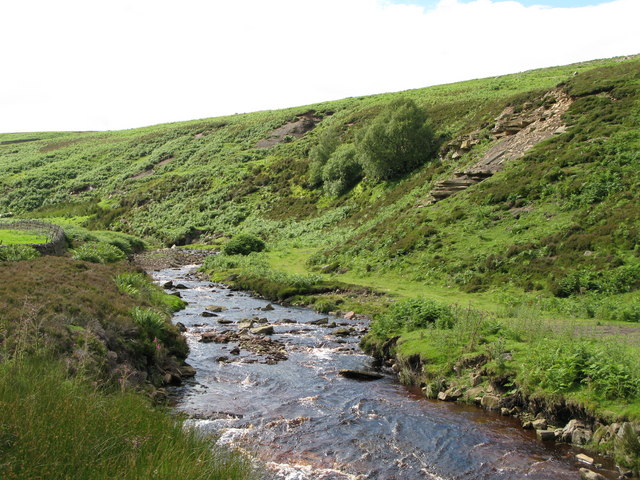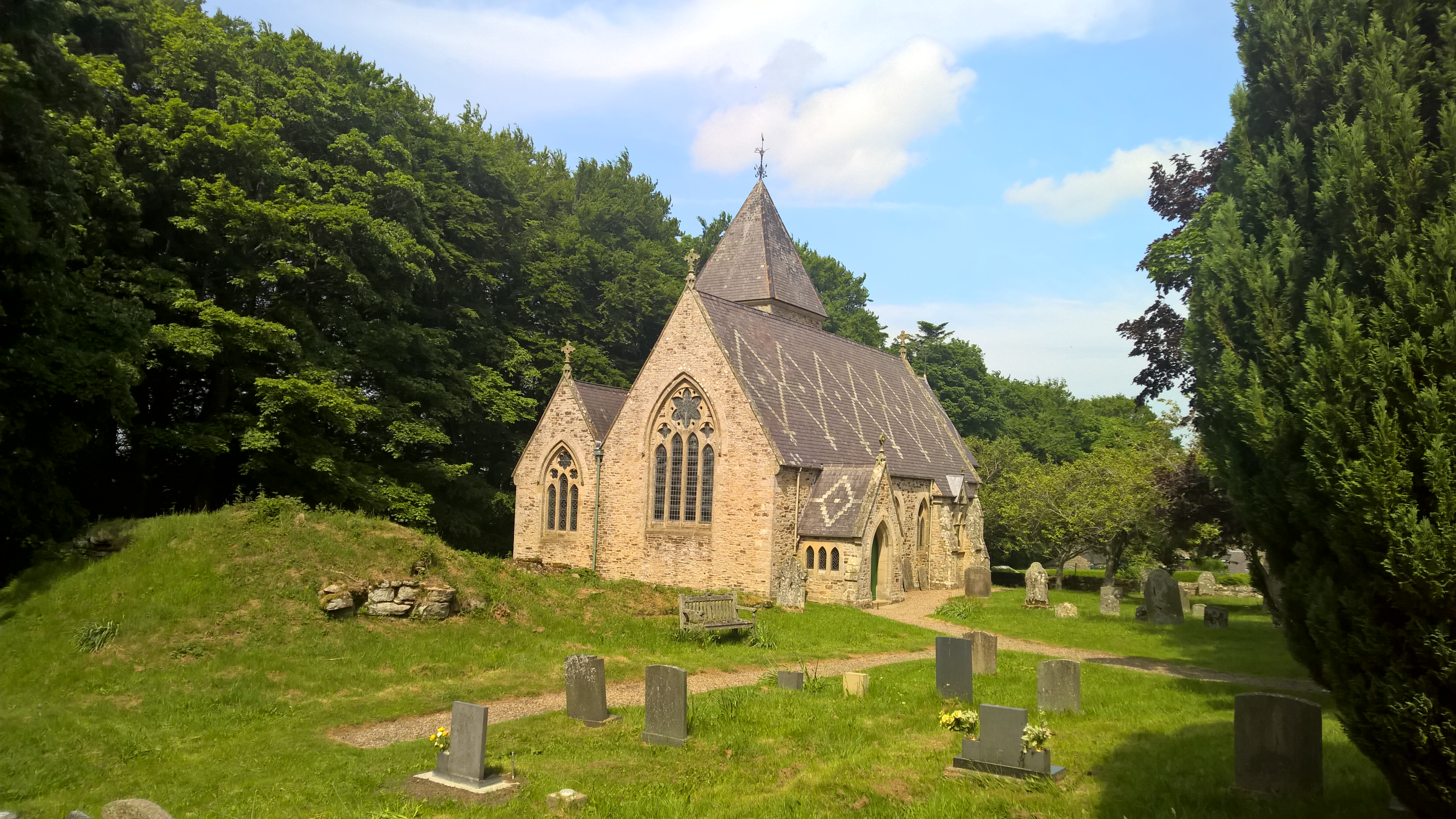High Beldon Plantation
Wood, Forest in Northumberland
England
High Beldon Plantation
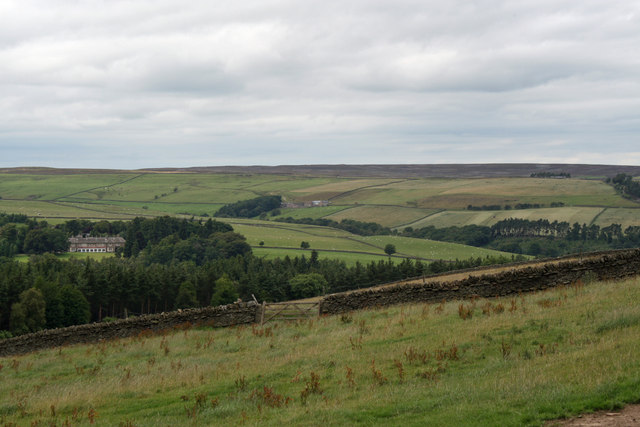
High Beldon Plantation is a picturesque woodland area located in Northumberland, England. Situated near the village of Beldon, the plantation is known for its lush forests and captivating natural beauty. Covering an expansive area, the plantation offers a serene escape from the hustle and bustle of city life.
The woodland is predominantly composed of towering trees, including oak, beech, and birch, which create a dense canopy overhead. The diverse range of flora and fauna found within the plantation adds to its ecological significance. High Beldon Plantation is home to a variety of wildlife, including deer, foxes, and a wide array of bird species.
The plantation also boasts numerous walking trails and pathways, making it a popular destination for outdoor enthusiasts and nature lovers. Visitors can explore the enchanting woodland, immersing themselves in its peaceful ambiance. The trails offer breathtaking views of the surrounding countryside, with occasional glimpses of the nearby River Beldon, which runs along the plantation's southern boundary.
High Beldon Plantation is well-maintained, with efforts made to preserve the natural environment and protect its biodiversity. The plantation is managed by local conservation organizations, who work tirelessly to ensure its sustainability.
Overall, High Beldon Plantation is a truly remarkable woodland area that offers visitors a chance to connect with nature and experience the beauty of Northumberland's countryside. With its stunning landscapes and diverse wildlife, it remains a cherished natural treasure for both locals and tourists alike.
If you have any feedback on the listing, please let us know in the comments section below.
High Beldon Plantation Images
Images are sourced within 2km of 54.842788/-2.0945495 or Grid Reference NY9449. Thanks to Geograph Open Source API. All images are credited.

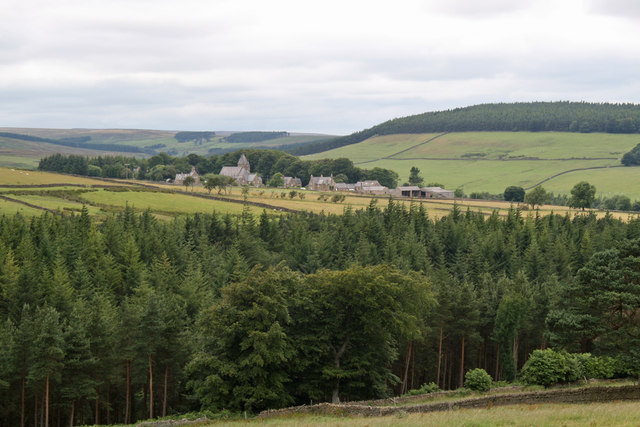
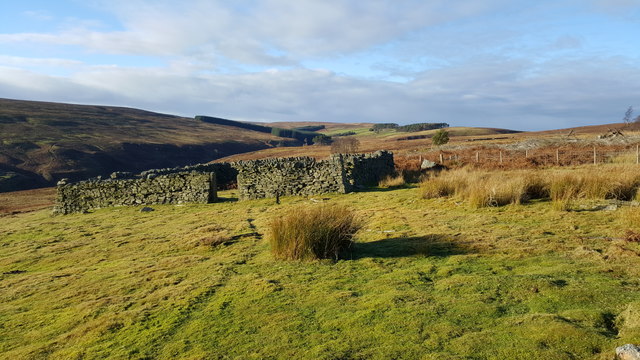
High Beldon Plantation is located at Grid Ref: NY9449 (Lat: 54.842788, Lng: -2.0945495)
Unitary Authority: Northumberland
Police Authority: Northumbria
What 3 Words
///paddlers.opera.waitress. Near Slaley, Northumberland
Nearby Locations
Related Wikis
Beldon Burn
Beldon Burn is a headwater stream of the River Derwent in Northumberland and County Durham, England.It rises at Quickcleugh Moss as the Quickcleugh Burn...
Baybridge, Northumberland
Baybridge is a small village in Northumberland, England, just to the west of Blanchland and on the border with County Durham. It is situated to the west...
Townfield
Townfield is a village in County Durham, in England. It is situated just to the south of Hunstanworth and part of that parish, about 10 miles (16 km) west...
Hunstanworth
Hunstanworth is a village in County Durham, England. It is situated approximately 10 miles to the west of Consett, south-west of the village of Blanchland...
Blanchland Abbey
Blanchland Abbey at Blanchland, in the English county of Northumberland, was founded as a premonstratensian priory in 1165 by Walter de Bolbec II, and...
Blanchland
Blanchland is a village in Northumberland, England, on the County Durham boundary. The population of the civil parish at the 2011 census was 135.Set beside...
Ramshaw, Consett
Ramshaw is a small village in County Durham, in England. It is situated to the south of Hunstanworth, a few miles west of Consett. Lead mining was an important...
Muggleswick, Stanhope and Edmundbyers Commons and Blanchland Moor
Muggleswick, Stanhope and Edmundbyers Commons and Blanchland Moor is a Site of Special Scientific Interest in County Durham and Northumberland, England...
Related Videos
Harrison's Cross Blanchland
As far as I can tell, this cross like structure has no significant meaning, and was probably built to protect animals from the high ...
Baybridge ~ Newbiggin Fell ~ Nookton Fell loop with iWalksNE ~ 10.2 miles ~ Glorious!
Who would have thought a day after the battering of Storm Babet we would have clear-blue skies and perfect walking weather and ...
Blanchland & Slaley Forest, Northumberland - 6 March 2023
A 10 mile walk from Blanchland. The route heads east along the River Derwent until it reaches the Derwent Reservoir. Here the ...
Nearby Amenities
Located within 500m of 54.842788,-2.0945495Have you been to High Beldon Plantation?
Leave your review of High Beldon Plantation below (or comments, questions and feedback).
